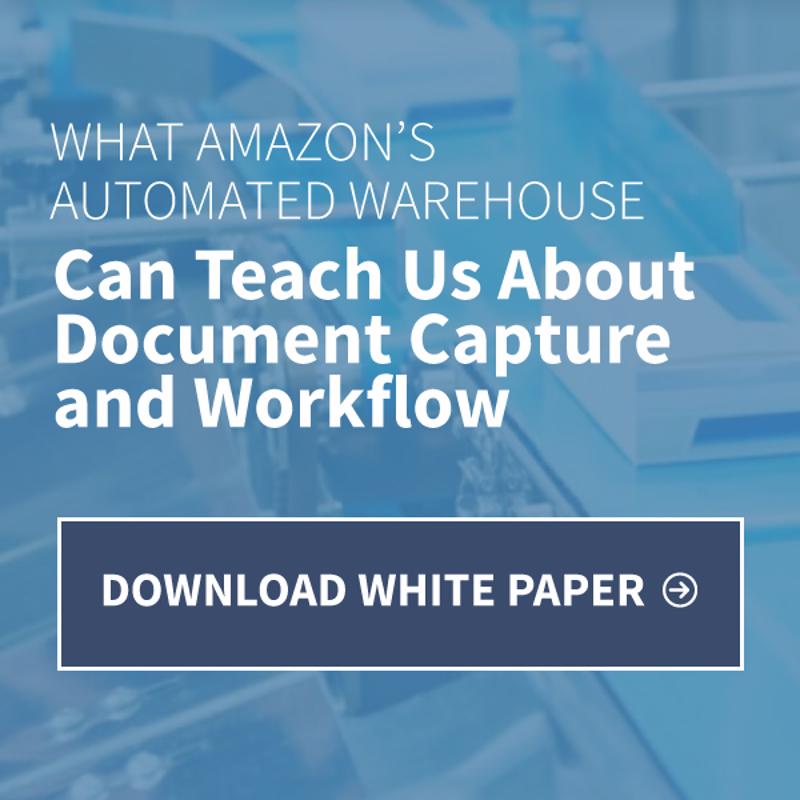
Care providers must consider document management strategies
As health care companies consider the best possible strategies for adopting or upgrading electronic health record platforms for their evolving needs, there are many things they need to take into account.
That means they don't just need to find a document management solution that works for them, but also find the best possible ways to roll out those options and train staff and patients alike on how to most effectively and safely use those platforms, according to Health Management Technology. With this in mind, decision-makers need to sit down and lay out what they hope to accomplish before any aspect of the adoption process is implemented, defining clear rules and goals for progressing through that implementation.
What comes next?
When care providers are looking to effectively put new document management platforms and strategies into place, they will need to make sure everyone from the receptionist's desk to the boardroom is on the same page and enthusiastic about getting the process right, the report said. That means there will need to be effective communication at every stage of the rollout process, not only around the importance of a smooth transition but also when it comes to teaching about the importance of operational security around these platforms – which safeguard mountains of critical and sensitive information – on an ongoing basis.
A one-stop shop
The good news is that with smooth implementation of a new platform – whether that includes backfile scanning of paper records or simply ensuring a new system is backward-compatible with older options that may have been in use for years – comes greater ease for care providers and patients simultaneously, according to Business News Daily. Effective electronic health record management typically results in health professionals being able to gain access to complete patient records, from anywhere, on an as-needed basis.
With this in mind, those who are in a position to make decisions about adoption of new health document management systems will need to consider their current and potential future needs and do as much as possible to empower all employees to remotely scan in critical data so that platforms can be as responsive as needed.

